Papilloma is very common in modern society. According to medical statistics, they are observed in one form or another in 80% of people. They are small benign tumor-like structures on the skin and mucous membranes of different parts of the body. They are just one of the manifestations of human papillomavirus (HPV) infection, with more than 190 strains. Among them, distinguish the viruses with high, medium and low carcinogenic risk. Therefore, in addition to aesthetic defects, papilloma also poses a serious threat to human life and health, because some of them will transform into malignant tumors.
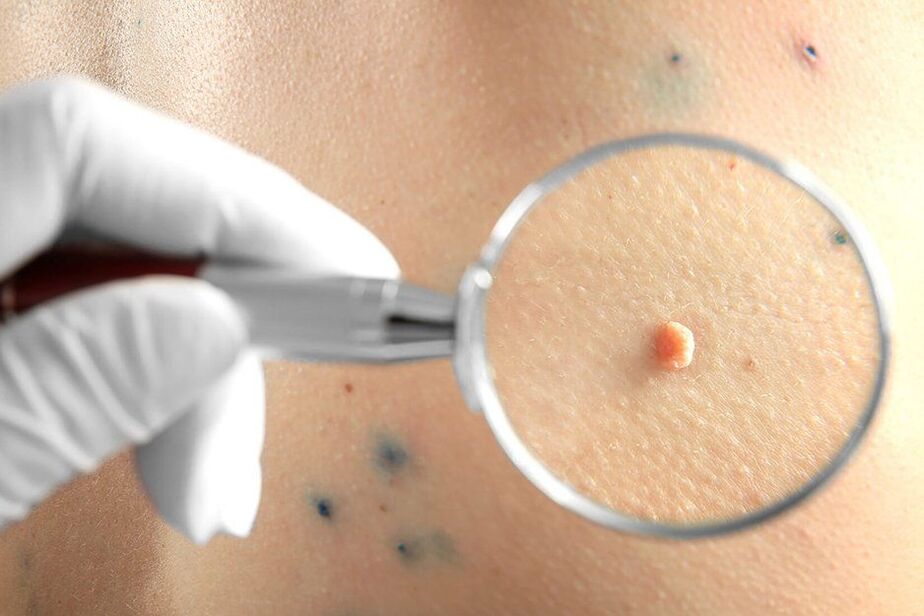
What is HPV
Human papillomavirus only infects humans, and its main route of transmission is sexual transmission. Therefore, HPV is most common in sexually active people. This explains the fact that infections most often occur at the young age and peak period at the beginning of sexual activity, that is, 15-25 years old. In addition, there can be multiple HPV strains (types) in the human body at the same time, which can cause the appearance of different types of tumor-like structures on the skin and mucous membranes.
The disease caused by HPV is called papillomatosis.
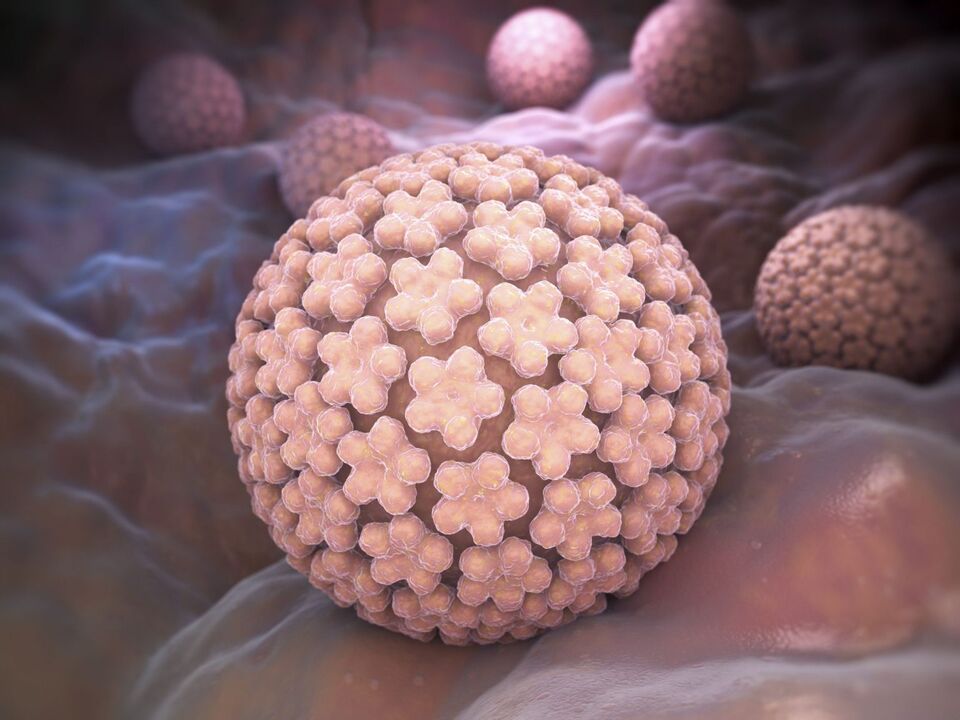
When the virus comes into contact with the skin or mucous membrane particles shed from the skin or mucous membrane of an infected person, the virus becomes infected. They attach to the membrane of immature epithelial cells, penetrate into the cytoplasm of the cell from there, and then enter the nucleus. The cell nucleus contains DNA, and HPV destroys the DNA. As a result, when the affected cells divide, the result will be the formation of unhealthy new cells, but the genetic information has been changed, causing their reproduction and differentiation mechanisms to be disrupted. This becomes the cause of tumors appearing on the skin and mucous membranes.
HPV infection not only causes the formation of papilloma, but also the formation of warts, flat warts and genital warts. However, it can be asymptomatic. In this case, the patient will not show external signs of human papillomavirus infection, but he will act as a carrier and infect others during unprotected intercourse or at home.
Therefore, HPV infection does not always lead to the formation of papilloma. It depends on the person's immunity, but it is more common that the first small papilloma appears 1-6 months after infection.
Human papillomavirus is intracellular. Therefore, if the immune system is strong enough, the body successfully suppresses its activity and does not provide an opportunity to stimulate cell proliferation. However, due to certain factors, the immunity is reduced, the body's defense ability is reduced, and the virus is activated, which leads to the formation of papilloma.
All HPV strains or types can be divided into 4 groups:
- Non-carcinogenic-strains 1-5, 63;
- Low carcinogenic risk-strains 6, 11, 40, 42-44, 54, 61, 70, 72, 81;
- Moderate carcinogenic risk-strains 26, 31, 33, 35, 51-53, 58, 66;
- High carcinogenic risk-strains 16, 18, 39, 45, 56, 59, 68, 73, 82 (types 16 and 18 are considered the most dangerous).
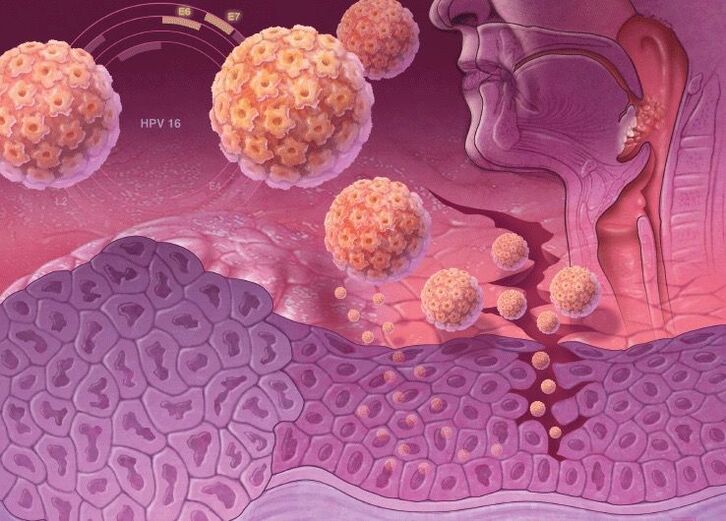
HPV strains with high carcinogenic risk have special genes in their DNA, which are responsible for the synthesis of specific proteins, oncoproteins (E6 and E7). Therefore, when it is incorporated into the DNA of human cells, its anti-cancer protective effect will be reduced. Oncoprotein destroys the stability of skin cell genome, stimulates its active reproduction and inhibits differentiation. Therefore, when infected with a human papillomavirus strain that has a high risk of causing cancer, it is fraught with a high risk of cancer.
The degree of risk caused by papilloma directly depends on the type of HPV. Infection with strains with a high risk of causing cancer is dangerous to development:
- Cervical cancer;
- Malignant tumors of the anus, vulva, and penis;
- Oropharyngeal cancer and so on.
70% of cervical cancer cases are caused by HPV types 16 and 18.

But even if you are infected with a strain with low carcinogenic risk and form papilloma, you should be treated with caution. Protruding tumors are often injured by clothing, bleed and tend to become inflamed. At the same time, perhaps the greatest discomfort is caused by the structure on the genitals, which can cause severe discomfort and complicate the behavior of intimate life. In this case, secondary infections may occur, which can lead to complications of purulent sepsis. In addition, papilloma can form on the mucosa of almost any internal organ, which can cause its work to be interrupted. Therefore, upper respiratory tract papillomatosis is often found, causing breathing difficulties.
Causes and risk factors of papilloma
HPV can be transmitted sexually or from an infected mother to a baby during delivery. It is not ruled out that contact with the family to transmit the virus, that is, use with towels, clothes, etc. , which also explains the high prevalence of HPV in the world. Self-infection is also possible. In this case, if a papilloma is injured, the virus can transfer to healthy areas of the skin and affect them.
The main causes of HPV infection are frequent changes of sexual partners and unprotected sex.

But infection with the virus does not always lead to the formation of papilloma, genital warts, etc. The likelihood of developing papillomatosis depends on many factors:
- Immune deficiency from any source, including taking drugs that suppress immunity (immunosuppressive agents, cytostatics, etc. ), HIV infection, radiation damage;
- The body's defenses against physiological changes during pregnancy are reduced;
- When the immune system is not fully formed and strengthened, sexual activity starts early;
- Microtrauma of the skin and mucous membranes;
- Infected with highly carcinogenic HPV strains;
- There are multiple types of HPV in the body at the same time;
- Whether there are other sexually transmitted diseases (STD), especially gonorrhea, trichomoniasis, herpes, cytomegalovirus infection, Epstein-Barr virus, hepatitis B and C, etc. ;
- hormone imbalance;
- Physical exhaustion, vitamin deficiency, chronic fatigue and severe stress;
- Multiple births and abortions;
- There are serious chronic diseases, especially diabetes;
- Lead an unhealthy lifestyle and have bad habits;
- Poor living conditions.
The elderly and overweight people are more likely to develop papilloma. In addition, their tumors usually form in skin folds, which can cause them to be injured and inflamed.
Types and symptoms
Tumors caused by HPV infection can form on the skin and mucous membranes of various parts of the body, including the face, neck, and shoulders. They can also form on the arms, legs, back, genitals (including the perineum, labia minora and labia majora), vulva, vagina, cervix, and penis, especially along the coronal groove and frenulum. Damage to the oral mucosa, tongue, nasopharynx, esophagus, bladder, conjunctiva, trachea and other internal organs is not excluded.

Human papillomavirus can cause tumors of different nature. Generally speaking, they can be divided into 3 groups, although in all cases they appear for the same reason-infection with human papillomavirus.
- Papilloma is a pink, white, pearly, or light brown benign tumor that is most commonly found on the eyelids, lips, chest, armpits, and neck. They exist alone and usually do not merge, even if there are multiple lesions. Papillomas are usually round or bumpy, similar to the head of a cauliflower, and more commonly have a leg.
- A wart is a benign formation of a dirty brown or lighter color in the form of a cockscomb or a group of villi bound by a common base. In most cases, they are located around the genital area, anus, and mouth. They tend to fuse with each other and therefore cover most areas of the body. They appear due to infection with HPV types 6 and 11. Distinguish sharp, flat and intraepithelial warts.
- Warts are uneven, light, and benign tumor-like structures that appear as plaques or small nodules on the skin surface of the hands, nails, feet, face, and front of the body. Warts may look like papillomas, but they are different from them on a broad basis. They usually occur with 1-5, 7-10, 12, 14, 15, 17, 19-24 types of HPV infections.
The size of this tumor-like formation can range from a few millimeters to large growths covering a large area of skin or mucous membranes.
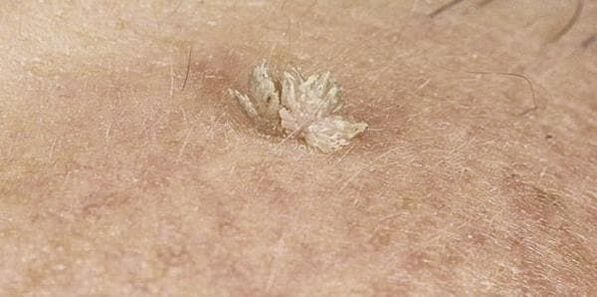
In addition, the appearance of the tumor may vary, depending directly on the type of HPV that enters the body. More common than others are:
- Vulgar or common-dense bumps over 1 mm in diameter. They tend to merge and group together.
- Plantar warts rise above the surface of the skin and are usually painful bumps with shiny surfaces and edges. One feature is that there is no skin pattern. Their formation is caused by HPV types 1, 2, and 4.
- Flat papilloma is a soft, smooth, flat, and usually round growth with a normal skin color or slightly yellow or pink. They cause itching, so they are often injured, painful and irritated. They are formed by HPV strains 3 and 10.
- Acrochords are one of the most common papillomas, especially in elderly patients. It is most common on the face, around the eyes, groin, armpits, and neck. They are pale yellow and tend to grow gradually, turning into lumps with a dense but elastic consistency.
- Condyloma acuminata of the perineum and genitals.

Papilloma can be seen with the naked eye or located in the thickness of the skin or mucous membranes. In the latter case, they are called endogenous, and one of their manifestations is cervical dysplasia. The destruction of female internal reproductive organs by papillomatosis may indicate:
- Itching, burning, and crying in the perineum;
- A lot of vaginal discharge;
- Bloody discharge, especially after sexual intercourse;
- Discomfort in an intimate relationship.
Sometimes papillomatosis can cause back and pelvic pain, weakness, leg swelling, and unnecessary weight loss. These signs are the most worrying because they may indicate the development of complications of HPV infection.
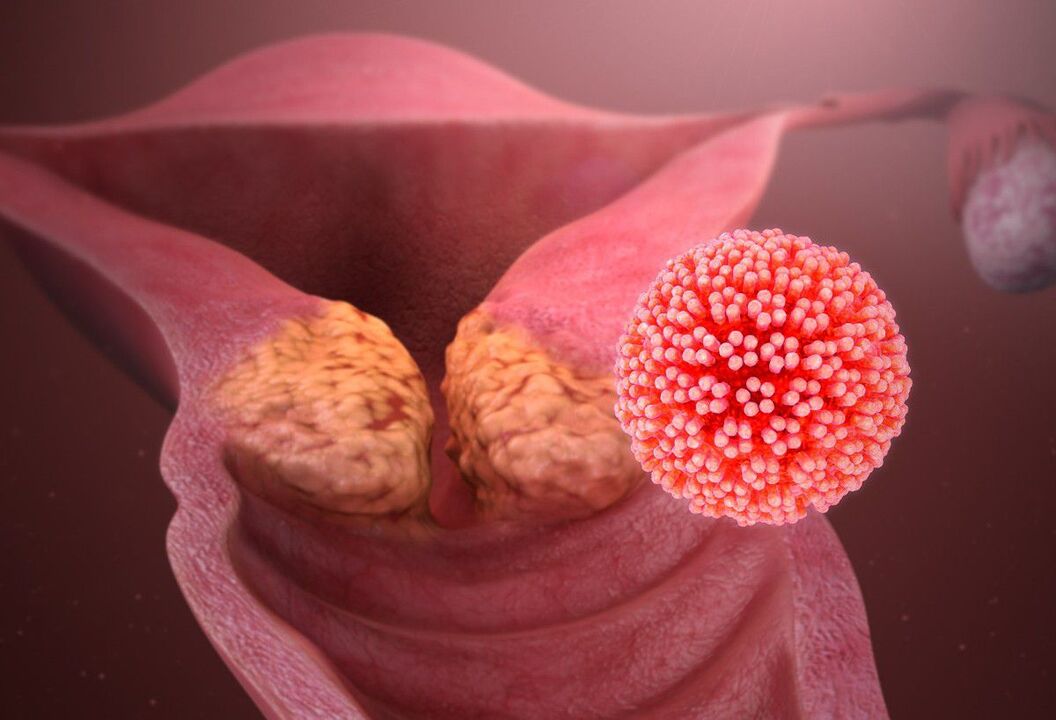
diagnosis
If papillomas form on the body, face or genitals, you should consult a dermatologist. This will not only diagnose human papillomavirus infection at an early stage, but also take measures to prevent the formation of new elements and observe changes in existing elements.
If there are signs of growth, discoloration of the papilloma, an unpleasant smell, or pain in the area where it is located, it is especially important not to hesitate to see a doctor.
First, the doctor will perform a dermoscopy, which uses a special magnifying device to examine the tumor. This will make it possible to determine their nature and notice signs of danger, indicating that there is a high probability that benign structures will degenerate into malignant structures, not to mention the formation of cancer. If found in the early stages of development, they can be successfully treated and have a good prognosis in the future.
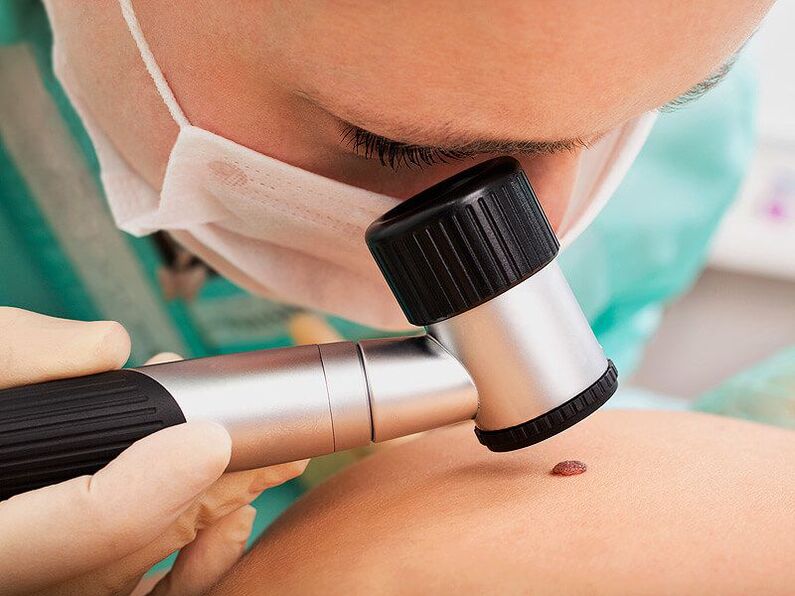
It is necessary to advise patients to undergo STD testing, especially if warts are found in the genital area. In addition, in this case, women will accept the advice of a gynecologist, and men will accept the advice of a urologist. This is very important for diagnosing whether there are human papillomavirus lesions in the cervix, urethra, etc. , and prescribing appropriate treatment when necessary.
To confirm papilloma infection, patients are usually assigned PCR analysis. With its help, it can not only confirm or deny human papillomavirus infection, but also accurately determine the strain.
Treatment and removal of papilloma
The treatment of human papillomavirus infection is always complicated. Of course, you can simply remove the disturbing papillomas, but in this case, it is very likely that new or even several papillomas will form in their place soon. Because the main reason for the formation of papilloma is the decline of the body's own defense capabilities, which makes the dormant HPV in the body become active, so patients with papillomatosis should be treated with drugs first. It includes taking immunomodulators and antiviral agents. Cytotoxic drugs can also be prescribed for extensive lesions of the skin and mucous membranes with papilloma. But they are taken under the supervision of a doctor because they can cause serious side effects.
If the patient is diagnosed with a concomitant infection or disease, he must be treated appropriately according to the situation, and sometimes additional consultations with specialists and treatment under his supervision are required.
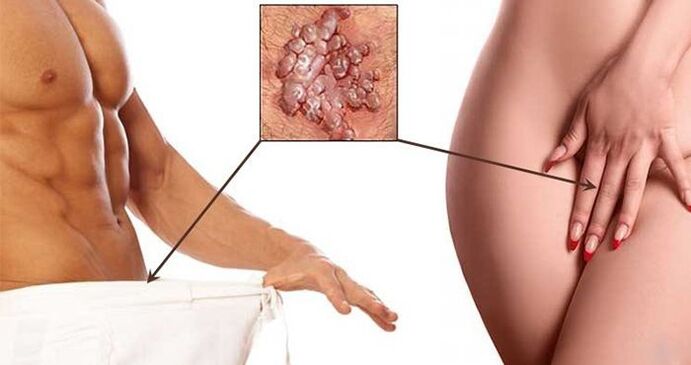
All types of warts and papillomas that are often injured and inflamed require mandatory removal. In other cases, removal is performed at the request of the patient. However, only after the treatment of the concomitant disease has ended (if any), and in the context of continued antiviral treatment, will it be possible to begin to eliminate the obvious manifestations of HPV infection.
Generally speaking, all modern methods of destroying or removing papilloma can be divided into two categories:
- Chemistry-including the use of various compounds to remove papilloma, including trichloroacetic acid, dermatological preparations;
- Physical-means removing the papilloma by surgery, using electrocoagulation, freezing, laser, radio waves, or plasma to coagulate.
After removing the papilloma by one method or another, it is important to use topical medication prescribed by the doctor to speed up healing and eliminate the risk of infection.
The success of treatment, especially the removal of papilloma, depends on the strength of the immune system. In its normal state, in 90% of cases, HPV is suppressed or even completely destroyed within 2 years from the date of infection. But this does not guarantee that there is no risk of re-infection or the formation of new papilloma. If immunity is reduced due to certain factors, papillomatosis will become chronic, recurring periodically and may cause serious complications.
In order to prevent infection with dangerous HPV strains and serious complications, it is recommended that girls be vaccinated between 9 and 25 years old, especially for girls.
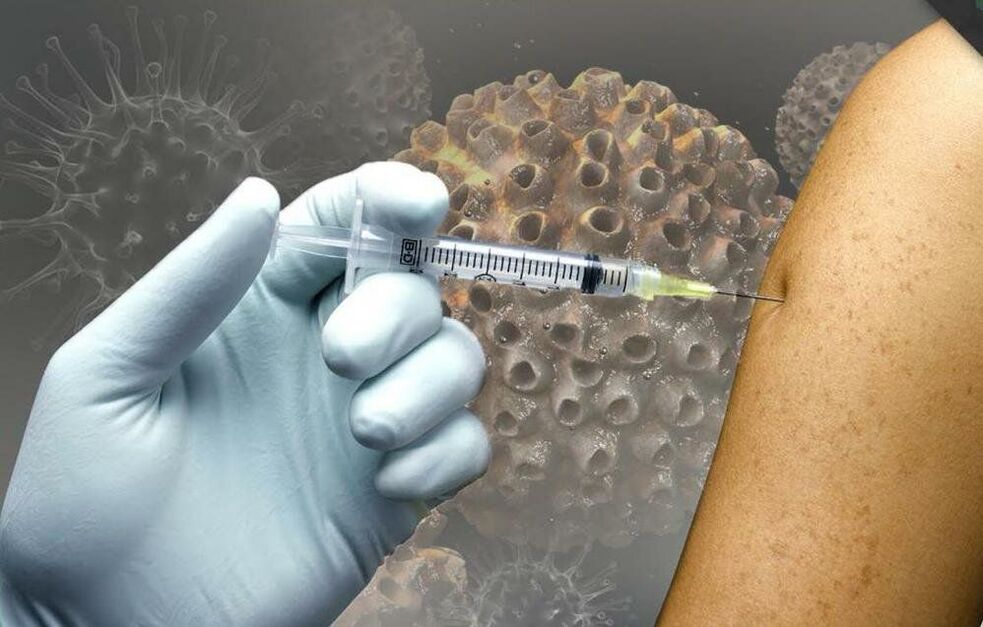
Surgical removal of papilloma
The essence of this method is to remove the tumor with a scalpel, which is related to the formation of scars and the increase in healing time. Therefore, it should only be used when large papillomas need to be removed or histological examinations are required, as it is assumed that malignant cells will form.
The operation is performed under local anesthesia, so it is painless. The doctor uses a scalpel to remove the tumor itself and capture the surrounding healthy tissue. This is necessary to eliminate the risk of re-forming papilloma in the same location. If it has a leg, use surgical scissors to dissect it, and with the help of an electrocoagulator, "seal" the blood vessel supplying the tumor. The remaining wound is sutured, treated with antiseptic and covered with a sterile bandage.
Today, surgical removal of papilloma is mainly performed when cancer cells are suspected of forming.
Low temperature destruction
The method involves the use of low temperature to destroy papilloma cells. This is achieved by using liquid nitrogen, which has a temperature of -196°C. The essence of this process is to use a special nozzle or a cotton swab dipped in liquid nitrogen to contact the papilloma. Under its action, the water in the cell instantly turns into ice crystals, destroying the cell from the inside. The procedure is performed under local anesthesia or without local anesthesia, because the exposure time to liquid nitrogen does not exceed 5-20 seconds.
The complexity of this method lies in choosing the correct exposure time to adequately remove the papilloma without harming healthy tissues, which can lead to scar formation.

After treatment with liquid nitrogen, white spots were immediately formed at the papilloma site. Subsequently, a small bubble with a transparent or pink liquid will form on it, and the surrounding skin will turn red and may swell slightly. This may be accompanied by mild discomfort in the form of a burning or tingling sensation.
After 3-4 days, the bubble bursts and forms a shell in its place, and the shell itself disappears after a few days, exposing healthy young skin. Under no circumstances should you pierce the bladder alone, injuring the bladder or shell in other ways.
Only when the possibility of malignant cells forming in it is completely ruled out, liquid nitrogen can be used to cauterize the papilloma. This method is most commonly used to remove papilloma and genital warts in the following areas:
- century;
- Face;
- Small joints
- genitals.
Laser removal of papilloma
Only when the malignant tumor is completely ruled out, the laser can be used to remove the papilloma. The process is performed under local anesthesia and involves the use of laser heat to evaporate the water in the papilloma cells. Therefore, the focused laser beam is directed at the tumor. The exposure time does not exceed 1 minute.

As a result, crusty skin forms at the papilloma site, and the surrounding skin becomes red and swollen. The crust will disappear on its own within a week. It cannot be soaked and steamed for 3 days, nor can it be torn off and injured because it is full of scars. In addition, it is worthwhile to protect the treated area from sunlight within 2 weeks after removal of the papilloma. Otherwise, hyperpigmentation is likely to occur in the area.
When using a laser to remove papilloma on your face, do not apply decorative makeup on the affected area until it has completely healed.
After the crust falls off, the healthy pink skin is exposed and gradually takes on a normal tone. This is the main advantage of laser papilloma removal because it does not involve scars and scar formation. They only form when a large tumor is removed and the rules of postoperative care are violated. In addition, laser removal completely eliminates the risk of wound infection and is an absolutely bloodless method, because under the influence of heat, small blood vessels will instantly coagulate.
With the help of laser, papilloma is mainly removed:
- hand;
- legs and feet;
- Face;
- century;
- neck;
- genitals.
Laser is the only reliable way to remove plantar warts, because their roots can penetrate 1 cm or more into the tissues.

Electrocoagulation of papilloma
The essence of this method is to use electric current to remove papilloma. The doctor uses a special device called a coagulator to capture the papilloma and remove it into healthy tissue. In this case, there is no bleeding at all, because the heat energy of the electric current is enough to coagulate the small blood vessels. But this process can be painful, especially if it is necessary to remove the growth of the delicate skin area of the body.
After electrocoagulation, a shell will also be formed. The entire recovery period takes 7-10 days. After the crust falls off, the skin under it should be protected from damage and ultraviolet radiation.
This method is used to remove papilloma in different parts of the body. In addition, electrocoagulation can also be used in situations that require histological examination of the tumor and accurately determine its nature. However, the outcome of the operation depends entirely on the doctor's qualifications and experience. However, in other cases, because if the excision is not deep enough, the papilloma may re-form in the same area.
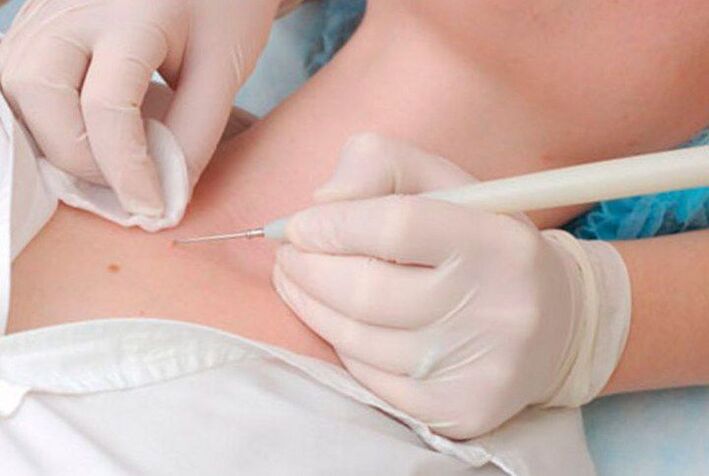
Radio wave surgery
This method is one of the most advanced methods to remove any type of papilloma. It involves the use of special equipment. But at the same time, it has a lot in common with laser papilloma removal. The procedure is performed under local anesthesia, and the tumor is directly removed due to exposure to radio waves. Thanks to them, papillomas of any size and location can be completely removed, and scars can be avoided.
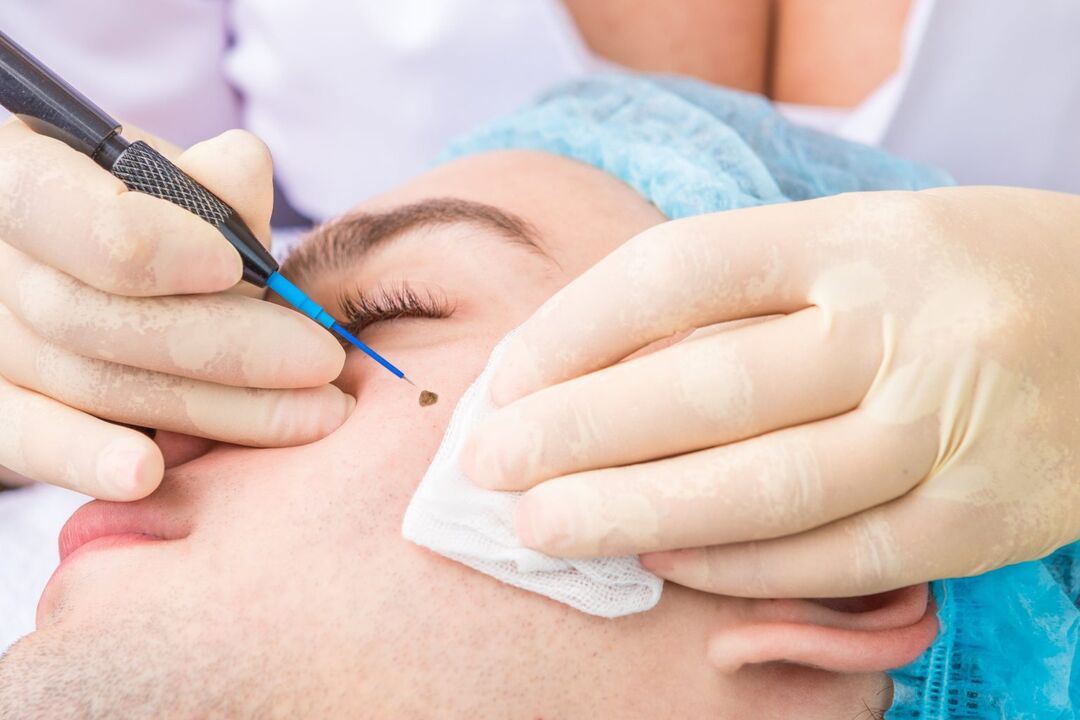
Chemical removal of papilloma
The method involves applying special compounds to papilloma on a regular basis, destroying its cells, causing the tumor to subsequently disappear. But when using such drugs, you must be extra careful not to let the substance come into contact with healthy skin.

Therefore, everyone may face the formation of papilloma. There is no effective way to prevent HPV infection, and vaccines can only prevent the most dangerous virus strains in terms of cancer risk. Nevertheless, in most cases, they will not cause significant inconvenience to a person, but the genital warts and anus must be removed. In any case, you can get rid of any papilloma quickly and effectively, but since drugs cannot completely destroy the HPV in the body, and there is always the risk of re-infection or infection with other strains, the problem may reappear. The only reliable way to minimize the possibility of papilloma formation is to strengthen the immune system. If they do appear and represent cosmetic defects or interfere with one's daily life, please contact a dermatologist. The doctor will be able to accurately distinguish between papilloma and other skin tumors and will resolve the problem within a few minutes.























